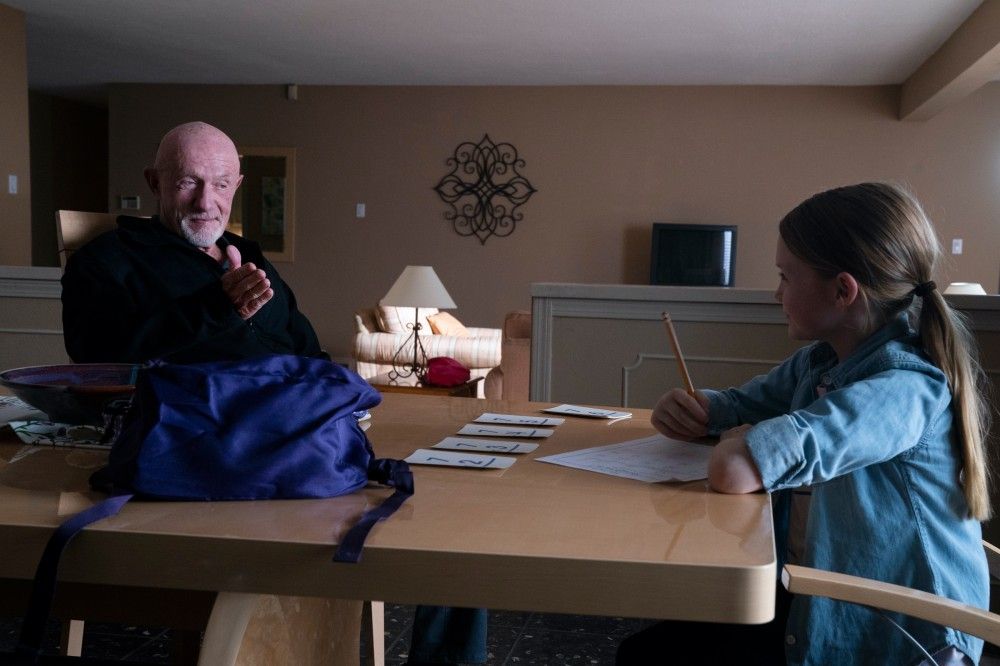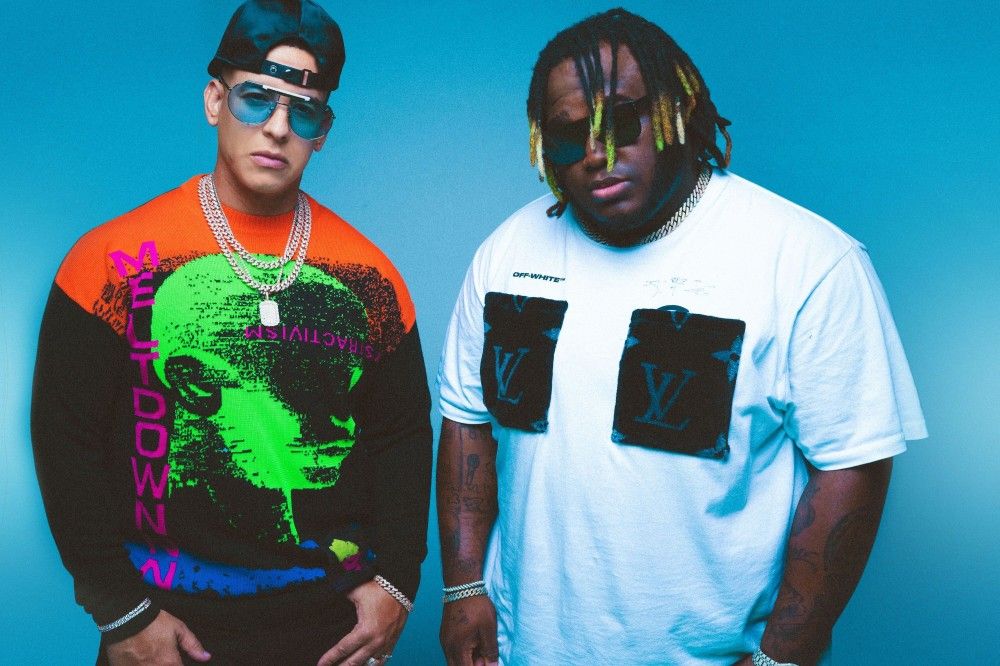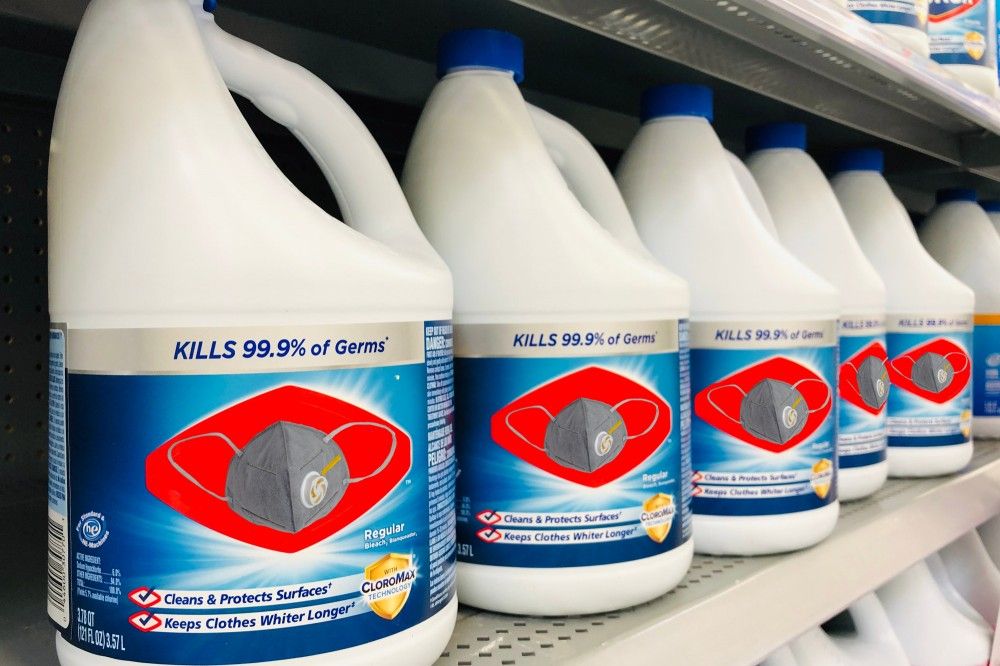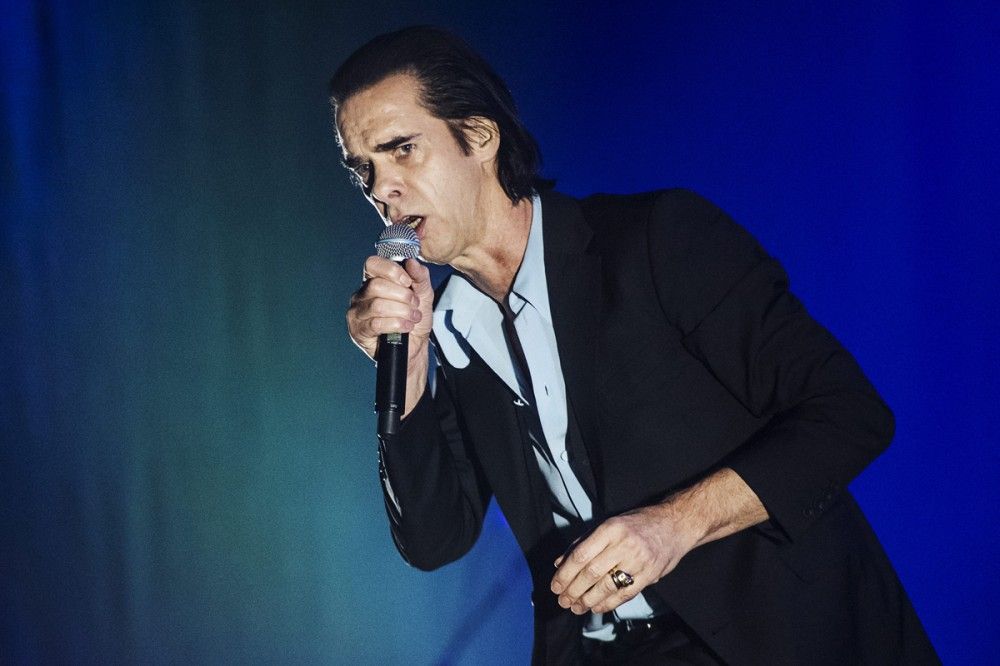
'Better Call Saul' Recap: Let's Make a Deal
A review of the latest episode of , “50% Off,” coming up just as soon as I learn my sevens on the times table…
“Mr. Varga. Long time, no see.” —Jimmy
You may remember that the very first episode of Better Call Saul ended with Tuco Salamanca sticking a gun in Jimmy McGill’s face and pulling him into his grandmother’s house. That cliffhanger, and Tuco’s violent shenanigans in the ensuing episode, created the impression that Jimmy and his favorite parking-lot attendant Mike would soon be regularly caught up in cartel business, and that Saul Goodman was only a little bit down the road. This was not an accident. and Peter Gould have been very candid over the years that the series they ended up making is not the one they planned to make. They quickly discovered, to their surprise, that they liked Jimmy so much that they were in no hurry to turn him into Saul. And that change of heart had ripple effects throughout the rest of the show. Nacho, who was intended to be the link between Jimmy and the drug world, wound up appearing in fewer than half of Season One’s episodes, and has vanished from the show for stretches in later seasons. Jimmy and Mike worked together on a few extra-legal capers early on, but as Jimmy got caught up in the Sandpiper case, his relationship with Kim, his feud with Chuck, and many other things having nothing to do with the local meth trade, Mike was sent into that world on his own. And as a result, Better Call Saul essentially became two largely unconnected series operating under the same title: the Jimmy McGill story, and the Mike Ehrmantraut one. (Maybe we call Mike’s show No Half-Measures?)
Some of this may have been necessary even if Jimmy had set up Saul Goodman’s criminal law practice much sooner, since the creative team is bound by the facts of . On that show, for instance, Saul didn’t personally know Gus, and had no idea that his investigator Mike was really Gus’ right-hand man. So some split between one story and the other would have been necessary no matter the timeline. It’s just been extremely pronounced this way. This can often be a best of both worlds situation, offering both subtle, layered character drama in the Jimmy half and lots of intrigue, suspense, and Breaking Bad fan service in the Mike half. But at other times, it’s felt like the Jimmy show is the one that everyone realized they wanted to make, while the Mike show is the one that the creators understood that they had to keep making. Both are about how their central characters got from Point A (Jimmy as a sketchy but ultimately nice low-rent attorney, Mike as a grieving retiree) to Point B (slick and amoral local celebrity Saul Goodman, ruthless cartel enforcer Mike Ehrmantraut). But because we know so much about the characters on the drug side of things going in, and so little about Kim, Chuck, Howard, and even Saul/Jimmy himself, the Jimmy show has so much more room to maneuver on that path than the Mike one does. No Half-Measures has to travel along a very narrow, straight line, where Better Call Saul can have more fun taking the scenic route.
And the closer we’ve gotten to the events of Breaking Bad, the more that the Mike show risks feeling like a very expensive set of footnotes, answering questions big and small from the parent series: Who built the Superlab? What put Hector in the wheelchair? Or, this week, How did Krazy-8 get his nickname? The level of craft and care of everyone involved is so high that filling in these blanks is still extremely entertaining, even moving as we’ve gotten to know Mike and Nacho so well(*). But the series’ two halves have felt separate and decidedly unequal for a while now on a dramatic level.
(*) The one real disappointment of the cartel stories remains Gus. Giancarlo Esposito is still fantastic in his most famous role, but the series hasn’t really revealed new layers to the character in the way it has for Saul and Mike.
The separation, at least, appears at an end with the conclusion of “50% Off.” For the first time since waaaaay back in Season One’s “Hero”(*), Jimmy and Nacho share a scene together, as Nacho collects him as part of whatever Lalo has planned for the recently incarcerated Domingo. Coming so close to the end credits, it’s more a portent of things to come than a scene, but it’s also a moment that feels inevitable. We know from his first appearance on Breaking Bad that Saul was entangled with both Nacho and Lalo. So that has to be addressed here just as much as the odd matter of Mike posing as Saul’s investigator even as he’s really working for Gus. And with only one season to go past this — and the possibility that said final season could spend a lot of time in the Heisenberg years, and/or Omaha — it’s time to start turning those two disparate shows back into a unified one.
(*) Remember when Nacho was arrested for kidnapping the Kettlemans? For that matter, remember the Kettlemans? It’s been a long journey, folks.
But that will have to wait for next week. “50% Off” is named after Jimmy’s promotional campaign, which the meth heads in the teaser use to justify an epic petty crime spree. But the title also seems to acknowledge that 50 percent of this show has been off to one side, and 50 percent off to the other. And that structure continues at least for this one last episode before Jimmy gets drawn back into the world we all know so well.
So we see Jimmy getting the hang of his new criminal law practice, but also trying to smooth things over with Kim as it becomes clear how not on board she is with Saul Goodman. The work half is easier. He’s still not the Saul that Walt and Jesse will hire — among other things, his tentative slogan is the far less catchy “Speedy Justice for You” — but otherwise seems in complete command of the courthouse and his already long list of clients, with a mix of genuine legal skill and some Slippin’ Jimmy tactics. When, for instance, prosecutor Suzanne Ericsen declines his offer to parlay early on the many cases they have in common, Jimmy bribes a custodian to trap their elevator between floors long enough for a plea bargain lightning round.
Kim proves the harder sell. She’s the one person who knows Jimmy well enough to understand the full implications of this change in professional name, specialty, and all-around persona, and to be troubled by it. (Suzanne and Bill Oakley never had a very high opinion of Jimmy to begin with.) He takes her to see an impressive house for sale, a familiar move for him; he once tried renting office space in an expensive downtown high-rise just to get Kim to work there with him. Things are not great between them at the moment — even his invitation is underwhelmingly phrased as, “If we go right now, it’ll be over like that” — but as they explore the house and contemplate a hypothetical future together, the fundamental warmth between them begins to thaw the ice that’s starting to build up regarding Saul Goodman and his many shenanigans. Kim turning the shower on while Jimmy is in it doesn’t solve their problems, but at least it’s a reminder that she still really likes him, despite his many flaws.

Mark Margolis (left) as Hector Salamanca, Tony Dalton as Lalo
Things are a lot messier, and simply busier, over on the cartel side of things this week, with Lalo and Gus trying to outmaneuver each other, with Nacho caught in the middle. And while Mike is out of the game at the moment, his mind and heart are very much stuck in it.
For a character the series once had little room for, Nacho has turned in many ways into the heart of the cartel scenes. Where Mike and Gus both arrived here with (Breaking) baggage, Nacho is a blank slate. Plot-wise, he can be whatever the show needs him to be. (This could include being dead, since Saul’s attempt to blame Ignacio in his first appearance could be him laying guilt on a man he knows can’t talk back.) But there’s also no unavoidable destination he needs to arrive at on an emotional level, which has given the writers and Michael Mando a lot more to work with as Nacho fights for mere survival. Here, he has to employ some acrobatic, Pinkman-esque derring-do to secure the stash house’s drugs before the cops can find it — and, more importantly, to impress Lalo enough to win his trust. We’re practically at David Mamet level of games within games here, where Nacho has to be more loyal to Gus (who has threatened to murder Mr. Varga as leverage) even as Lalo thinks the opposite is true, but Mando’s sweaty desperation makes the whole thing clear and taut. And the ongoing presence of Hector — whose mind remains sharp, even as his body is a prison — means the Lalo-Gus feud doesn’t feel like a wild mismatch, even though we know the Chicken Man still has higher to fly before the bell tolls for him.
The current state of play does not involve Mike, who is once again attempting retirement. It does not go well, as Mike’s attempt to finish Kaylee’s treehouse (which is really more of a tree-adjacent clubhouse) leads to him screaming at his adorable granddaughter for the sin of making him feel guilty about Mattie — and, by extension, about Werner. Mike arranges jobs for people he cares deeply about (in Mattie’s case, before the job comes around; in Werner’s, after), and then they get murdered (in Werner’s case, by Mike himself). It’s ugly to watch him vent his own self-loathing on this little girl, but it’s also a mark of how lost Mike is right now. He has moved in and out of the drug game over these four-plus seasons, and it never seems to benefit him in any way but his bank account. And given what we know about his cash down the road, well … it’d be nice if he could just keep adding onto that treehouse instead.
It’s been much longer since Jimmy shared a scene with Nacho than with Mike; he and Mike last crossed paths early in Season Four when Mike declined to steal a Hummel figurine. But their interactions have grown sparser and more infrequent the longer Better Call Saul has been around. “50% Off” concludes with an overdue Jimmy and Nacho reunion. When Jimmy and Mike team up again, the series will feel close to whole, but also that much closer to the sad fates that await both of them as a result of their partnership.
Previously: Magic Man



